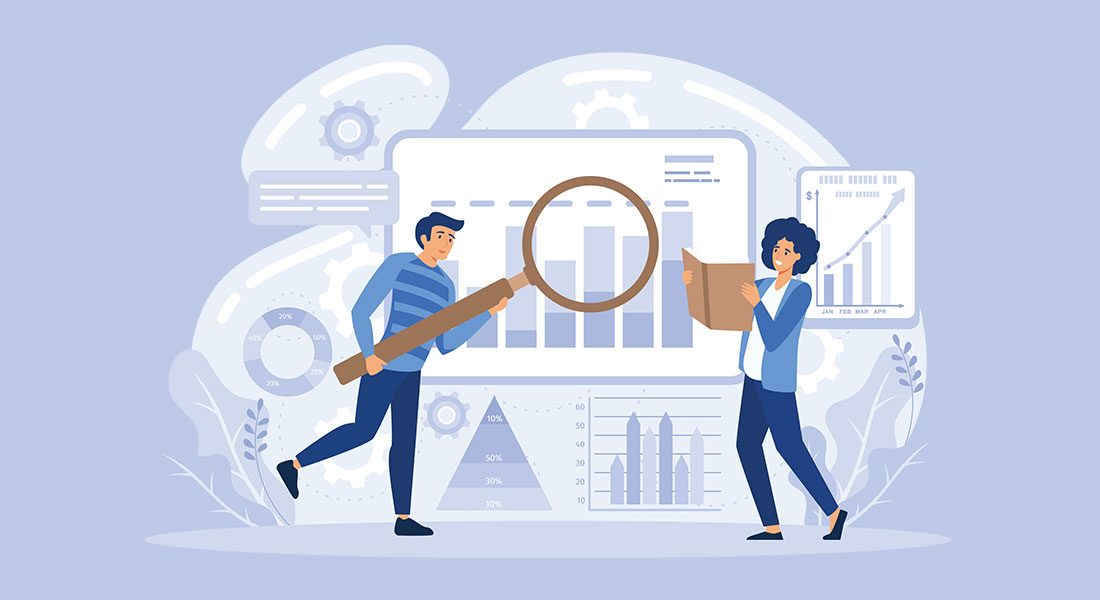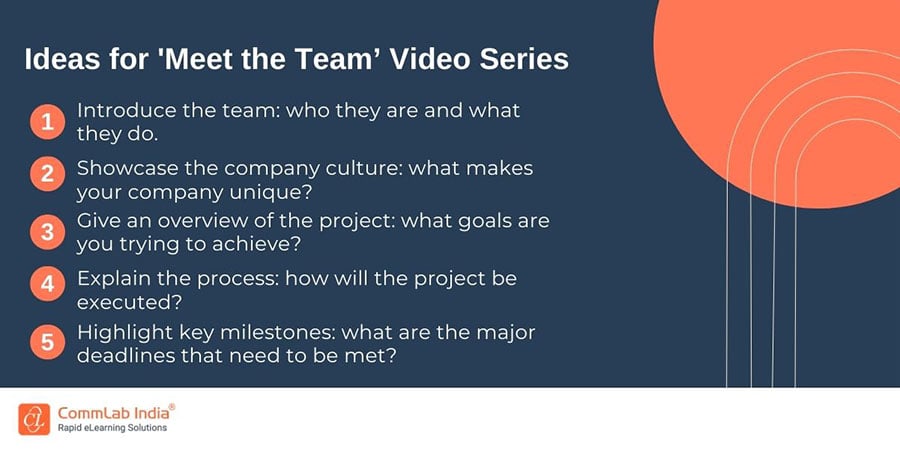Microlearning for Effective Employee Onboarding: Addressing the 5 Cs

Employee onboarding is a crucial process of fostering a positive first impression and integrating new hires into the organization, leading to increased productivity and retention. Considering this importance, it is key to make onboarding more effective and engaging and that’s where microlearning enters.
Microlearning – which includes the use of bite-sized eLearning modules such as interactive videos, flash cards, quizzes, etc, can revolutionize employee onboarding. This blog post discusses the five Cs of an impactful onboarding program and how microlearning addresses them. It also discusses the top five areas where microlearning can make a big impact during employee onboarding.
Wondering About the Benefits of Using Microlearning for Onboarding?
Here’s what microlearning does:
- It breaks down complex topics into manageable chunks for easier understanding.
- It speeds up the onboarding process with quick and concise information delivery.
- It provides relevant and useful information tailored to specific roles and responsibilities.
Employee Onboarding
Employee onboarding is one of the first learning experiences that employees are given after joining an organization. The process is crucial for setting the right tone and ensuring a smooth transition, maximizing productivity and engagement, and fostering a sense of belonging and commitment within the organization.
Owing to its importance, it is critical to make onboarding program as impactful as possible. But how to make an employee induction program more impactful? That's where microlearning enters!
Microlearning is a term used to describe short, targeted learning experiences that can be completed in a matter of minutes. Unlike traditional eLearning courses which are often hours long, microlearning modules are designed to consume in small chunks of time, making them perfect for busy learners who need to fit learning into their already hectic schedules.
While microlearning can be used for any type of learning content, it is particularly well-suited for employee onboarding programs. That's because microlearning modules can be used to provide just-in-time training on the specific topics that new hires need to know in order to be successful in their roles. This way, microlearning helps make the onboarding program more effective.
Let us now discuss the 5 Cs for an impactful onboarding program and how microlearning helps address them:
Microlearning and the 5 Cs of Employee Onboarding
There are 5 critical Cs that are necessary for an impactful onboarding program.

1. Compliance:
An effective onboarding program ensures new hires are trained on legal and ethical standards. This includes company policies, procedures, and role-specific regulations. Comprehensive compliance training establishes understanding and adherence from the start.
Short and targeted microlearning modules can be used to cover specific topics on compliance training. This helps new employees quickly understand and adhere to legal and ethical standards.
2. Clarification:
Onboarding must clearly set expectations and goals for new employees. This involves defining job responsibilities, performance objectives, and key performance indicators (KPIs). Setting clear expectations aligns new hires with the company's vision and mission.
Microlearning breaks down complex information into easily digestible modules, enabling new hires to grasp job responsibilities and performance expectations more efficiently. It provides concise and clear explanations, ensuring clarity in understanding.
3. Connection:
Onboarding should foster healthy work relationships and integration into the company's culture. Social interactions, networking events, mentorship programs, and team-building activities help new hires feel welcomed, valued, and connected. Strong connections improve engagement and promote a positive work environment.
Microlearning can incorporate interactive elements such as quizzes, gamification, and social forums, promoting engagement and facilitating connections between new employees. It encourages collaboration and knowledge sharing among peers.
4. Culture:
Onboarding introduces new hires to the company's values, beliefs, traditions, and practices. Immersion in the company's culture reinforces identity, increases loyalty, and enhances collaboration and teamwork.
Microlearning can be used to introduce new hires to the company's culture through short videos, testimonials, or case studies. It showcases core values, mission statements, and behavioral expectations, fostering a sense of belonging and alignment.
5. Check-back:
Regular check-ins after initial onboarding are essential. This involves obtaining feedback, addressing concerns, and providing ongoing support. It demonstrates the organization's commitment to employee development and values the growth and success of new hires.
Microlearning modules can be employed after the initial onboarding process to reinforce key concepts, address any knowledge gaps, and provide ongoing support. These modules can serve as refresher or quick references that employees can access whenever needed.
Overall, microlearning adapts well to the 5 Cs of onboarding by delivering relevant content in a concise and engaging manner, ensuring compliance, clarity, connection, cultural understanding, and ongoing support throughout the onboarding journey.
→ Download Now – Microlearning 101
Now, that you know how microlearning helps make employee onboarding program more effective, let us discuss the different areas where you can implement microlearning during employee onboarding:
Where to Implement Microlearning During Onboarding
Here are some specific areas where microlearning can be especially beneficial during onboarding:
1. Corporate History and Culture
Use microlearning modules to introduce new employees to your company's culture and values. This can help them feel more connected to the organization and better understand what is expected of them.
You can use short, interactive videos to do it. You can use a series of videos to introduce new employees to the company and help them feel like they are part of the team from day one.
2. Job Role and Responsibilities
Use microlearning modules such as interactive scenarios to walk new employees through important processes and procedures. By providing short, targeted learning experiences, employees can quickly get up to speed on what they need to know to be successful in their new role.
3. Meet the Team
When you're onboarding a new employee, it's important to give them all the information they need to succeed in their new role. One way to do this is by introducing them to the team they'll be working with. A video series is a great way to do this, as it allows the new employee to see what everyone does and how they work together.

4. Technology Tools Training
Microlearning is a great way to engage employees during onboarding and help them learn about the company's technology tools. One way to do this is through interactive games that teach employees about the different tools available to them.
5. Job-specific training
Use microlearning modules to provide new employees with job-specific training. This will help them hit the ground running in their new role and be more productive from day one.
Wrapping Up
Implementing microlearning during employee onboarding can be a great way to get your new hires up-to-speed quickly and efficiently. When done correctly, microlearning ensures that your employees are well informed and have the skills necessary to succeed in their roles. By focusing on areas such as job description, company culture, process knowledge, compliance training, and product/service information when creating your microlearning content, you can ensure that your new hires will feel confident and prepared for success.
Want to know more about microlearning? Find out where microlearning fits in your learning strategy.





![10 Commandments for Learner Motivation and Engagement (Part 2) [Infographic]](https://blog.commlabindia.com/hubfs/Imported_Blog_Media/online-training-motivate-learners-tricks-info.jpg)